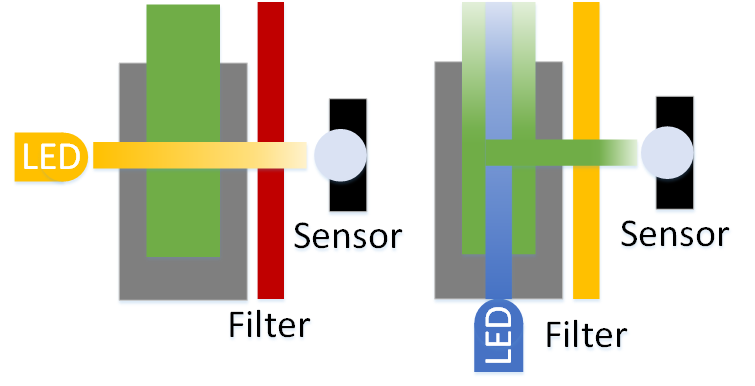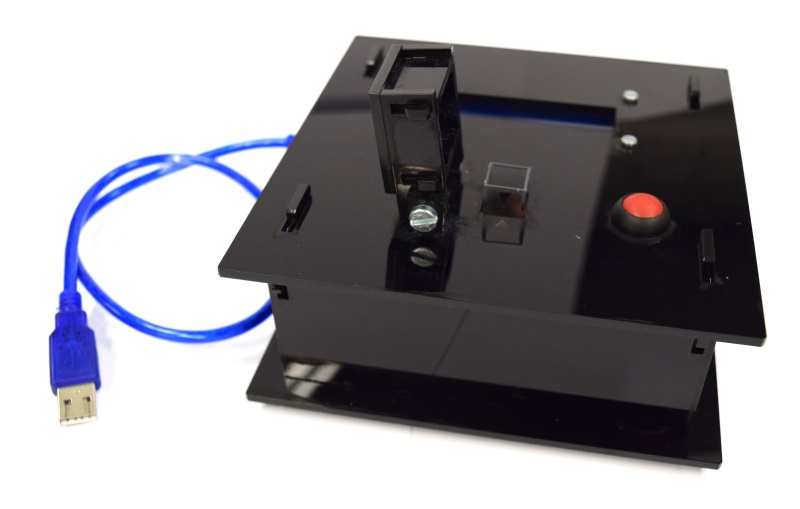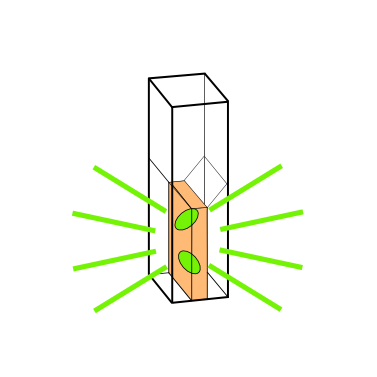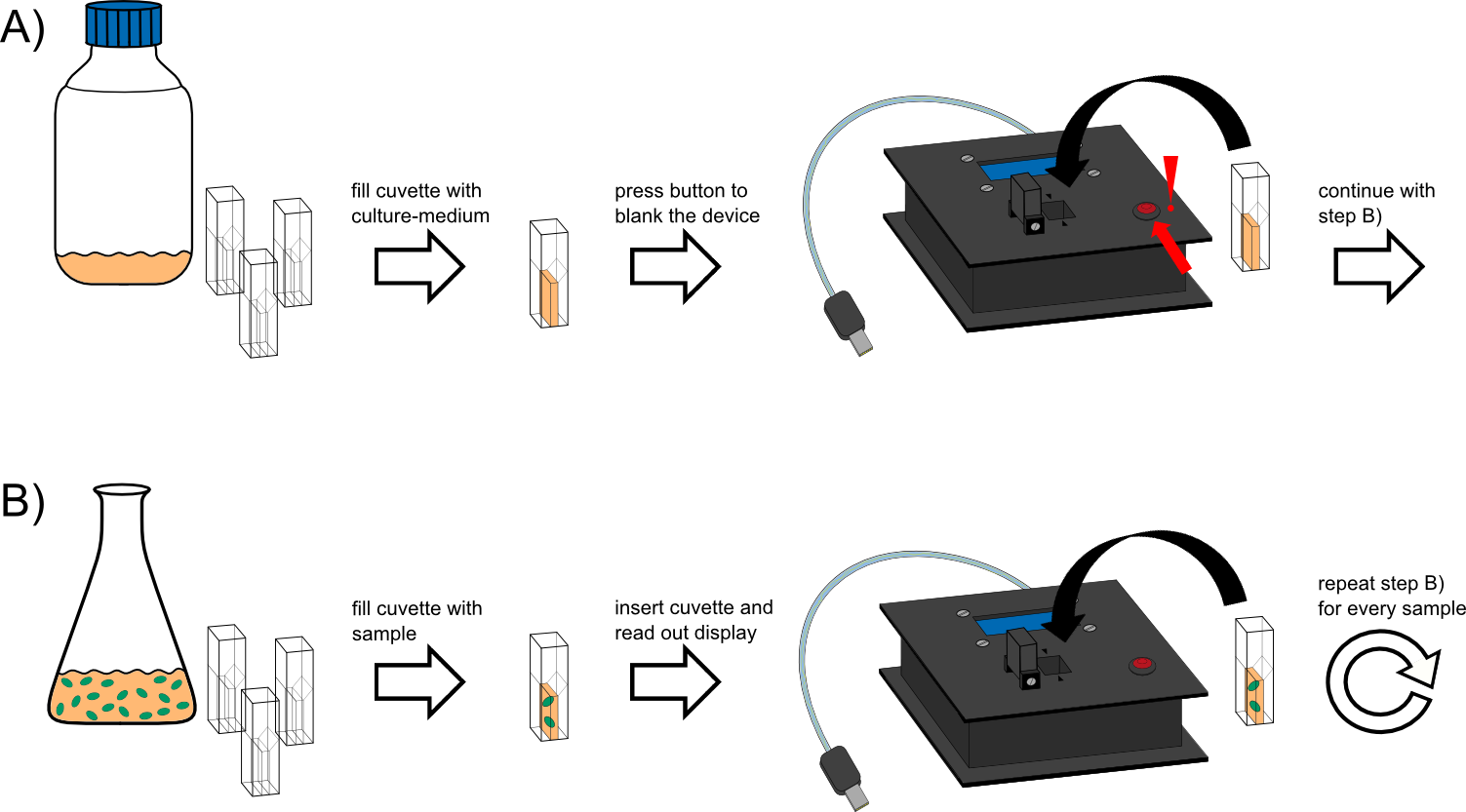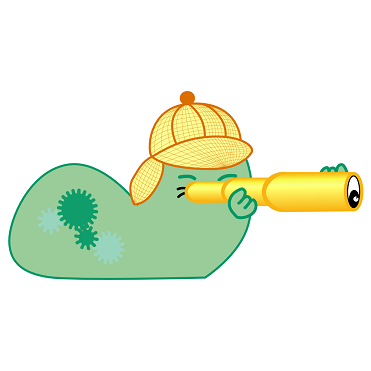Team:Aachen/OD/F device
From 2014.igem.org
(→Measuring Principle) |
(→OD/F Device) |
||
| Line 6: | Line 6: | ||
= OD/F Device = | = OD/F Device = | ||
| - | Measuring Optical Density (OD) or absorbance is one of the key and indispensable element in the field of microbiology. One question that has to be answered often is how many cells are in a suspension? Here, the OD can give a hint. However, the commercially available [http://www.laboratory-equipment.com/laboratory-equipment/cell-density-meter.php OD meters] | + | Measuring '''Optical Density''' (OD) or absorbance is one of the key and indispensable element in the field of microbiology. One question that has to be answered often is '''how many cells are in a suspension'''? Here, the OD can give a hint. However, the commercially available [http://www.laboratory-equipment.com/laboratory-equipment/cell-density-meter.php OD meters] are expensive and limit its application and usage in low budget institutions. |
| + | Therefore, here we present our OD/F device. The device is specifically designed for biohackspaces, Do It Yourself (DIY), community laboratories and schools. With our OD/F device, we aim to enable precise and inexpensive science research at a low cost. | ||
| - | + | Further, in Synthetic Biology, the task of measuring OD and fluorescence are often performed at the same time. Hence, here we present a device that can be configured to '''simultaneously measure both fluorescence and OD'''. With such a configuration of the OD/F device, the production of fluorescence signal can be correlated to cell growth using a single and a portable device. | |
| - | + | ||
| - | + | ||
| - | Further, in Synthetic Biology, the task of measuring OD and fluorescence are often performed at the same time. Hence, here we present a device that can be configured to simultaneously measure both fluorescence and OD. With such a configuration of the OD/F device, the production of fluorescence signal can be correlated to cell growth using a single and a portable device. | + | |
<html> | <html> | ||
| Line 64: | Line 62: | ||
Measuring Principle | Measuring Principle | ||
| - | The measuring principle for both optical density (OD) and fluorescence measurement is shown below. For OD measurement, the sample is illuminated with an LED and a fixed slit width. A filter blocks any | + | The measuring principle for both optical density (OD) and fluorescence measurement is shown below. For OD measurement, the sample is illuminated with an LED and a fixed slit width. A filter blocks any light less than 600 nm. In this way, the sensor mainly senses the 600 nm light which is needed for OD{{sub|600}} measurement. |
For the fluorescence measurement, a similar approach is followed. The filter again is used to block the exciting light from being sensed. The filter In this way, only the emitted light from the fluorescence protein is detected and measured. | For the fluorescence measurement, a similar approach is followed. The filter again is used to block the exciting light from being sensed. The filter In this way, only the emitted light from the fluorescence protein is detected and measured. | ||
Revision as of 16:53, 17 October 2014
|
|
|
|
 "
"

